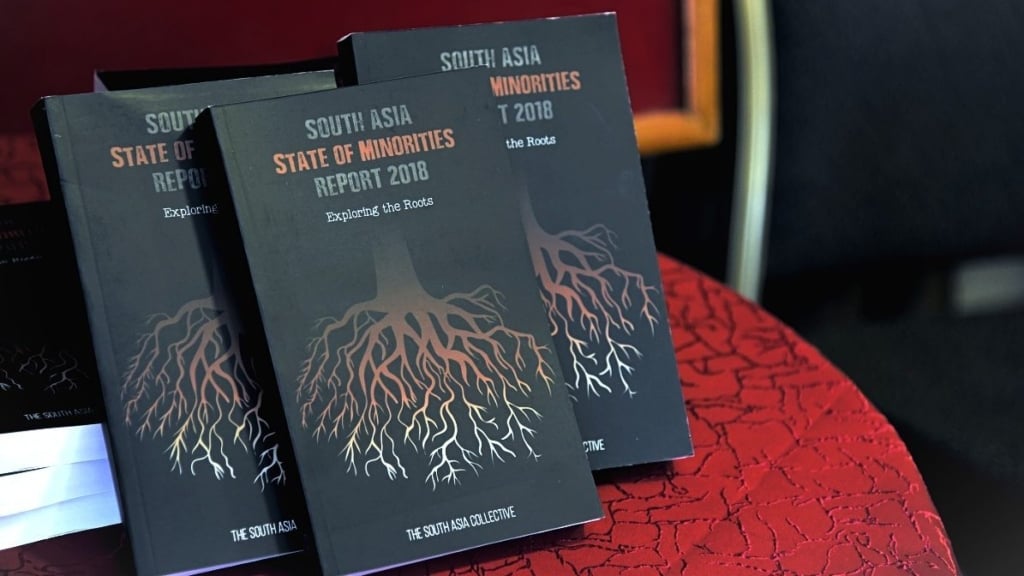Wanniyala-Aetto preserve a direct line of descent from the island’s original Neolithic community dating from at least 14,000 BC. They inhabited the island long before the arrival of both the Sinhalese and the Tamils.
The majority Sinhalese, both as part of their culture and as a result of the island’s mythical and legendary history, regard Wanniyala-Aetto negatively. They use the term ‘Veddhas’ pejoratively. According to popular legend Vijaya, the leader of the original colonists from northern India, who is said to have founded the first Sinhalese kingdom, married an indigenous princess as his first wife. He subsequently cast aside his princess and their two children for another princess from southern India more suited to his rank and position. As the legend goes, while the indigenous princess returned to her ‘demon people’, the siblings fled to the forest and upon attaining maturity married each other and became forebears of the ‘Veddhas’.
Wanniyala-Aetto have experienced drastic changes in their means of livelihood since the 1930s, when colonization schemes involving a massive influx of Sinhalese and Tamil settlers encroached on their homeland, the forests. This process has continued with large irrigation projects, the Gal Oya in the 1950s and the Accelerated Mahaweli Development Scheme in 1977.
Government policies have favoured assimilation and conversion of Wanniyala-Aetto into settled agriculturists as a means to their economic and social enhancement and as a way to bring them into the national mainstream. The rights of Wanniyala-Aetto have been eroded as a result of environmental policies that have involved the conversion of their traditional lands into a national park. On 9 November 1983, Wanniyala-Aetto customary lands, comprising 51,468 hectares, were designated a combined ‘catchment area’ and a forest and wildlife reserve, the Maduru Oya National Park. This project, conducted under the auspices of the Department of Wildlife Conservation, led to the exclusion and separation of Wanniyala-Aetto from their own lands and the loss of their traditional hunting grounds and honey-gathering sites. They were moved into government villages and had to seek permits in order to enter the forest that had in fact been their home for centuries. However, in practice, very few permits are issued, leaving Wanniyala-Aetto very much at the mercy of national park guards, and leading to killings, beatings and arrests.
Amid conflicts between the majority Sinhalese and minority Tamils, ever since the independence of Sri Lanka, the plight of Wanniyala-Aetto has been all but ignored.


